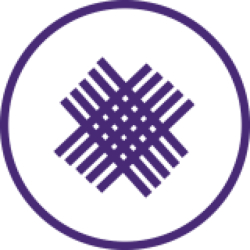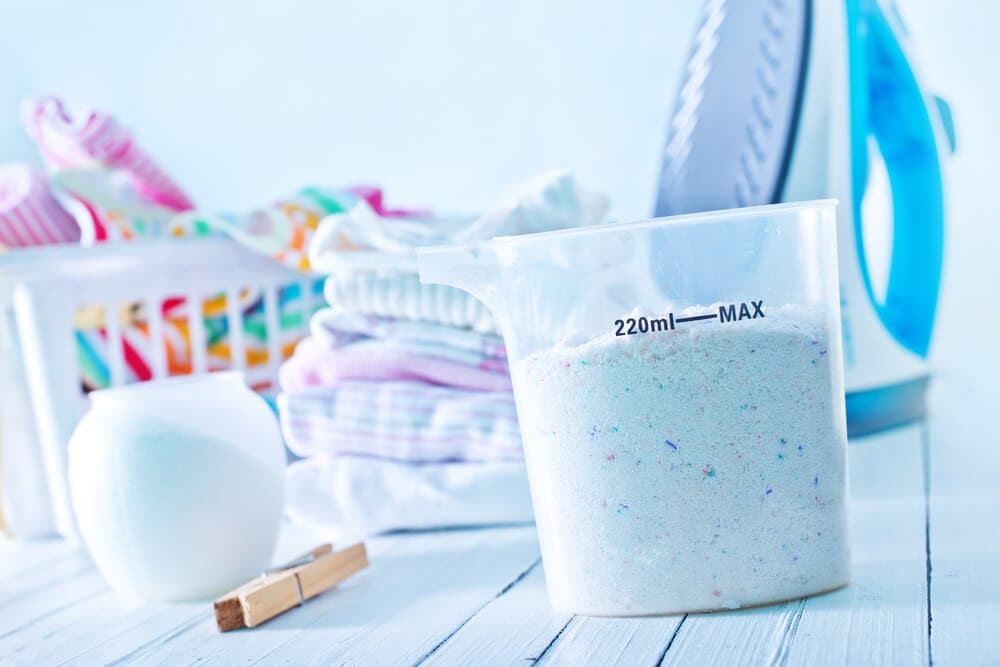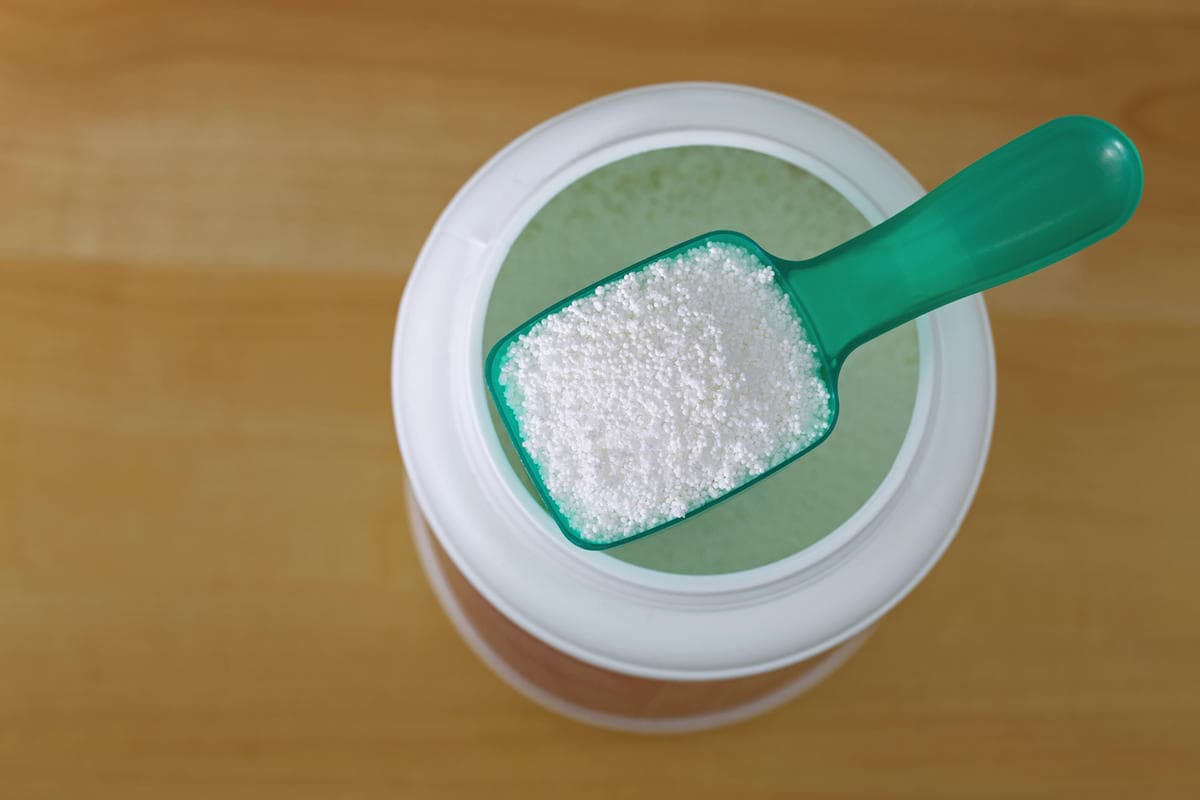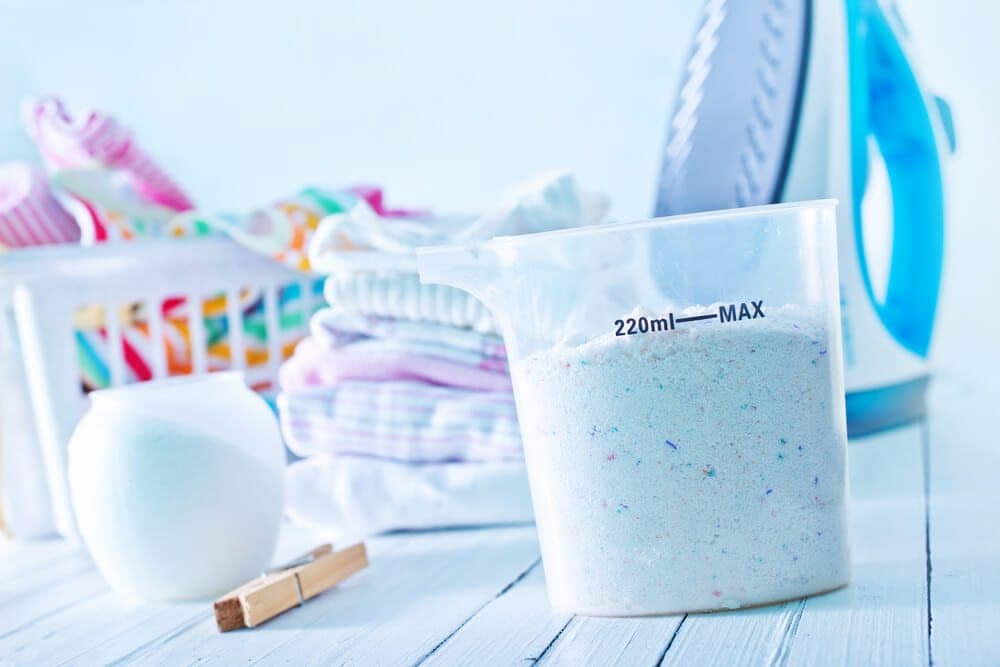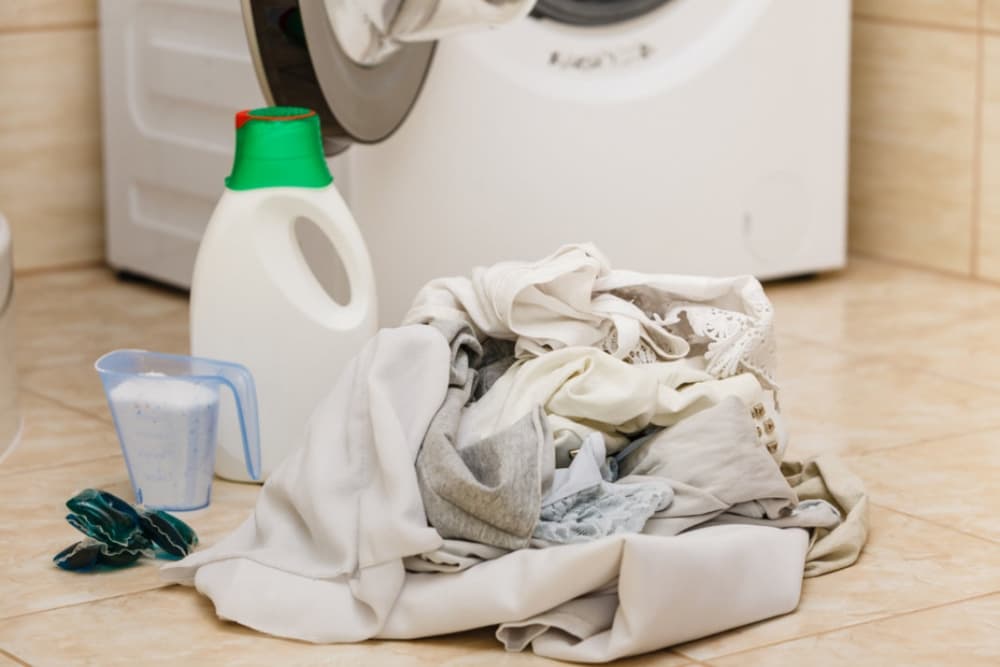The best Laundry Liquid Detergent + Great purchase price
The formulation is one of the major elements affecting the price of laundry detergent liquid in today’s detergent industry
Some common additives are builders, which get rid of the hardness ions so the surfactant can work properly
Ingredients like sodium citrate, tetrasodium EDTA, and acrylic polymers are often used in liquid laundry detergents
Antideposition agents: Keep the dirt particles from sticking to the fabric again by keeping them in the wash liquid
You can use more than one polymer
To stop the dye from transferring: These things stop dye from moving from one piece of cloth to another
The products PVP K-30 and ISP are Chromabond S-100 (PVP that works with betaine) and Chromabond S-400 (PVP that works with nitrogen oxide)
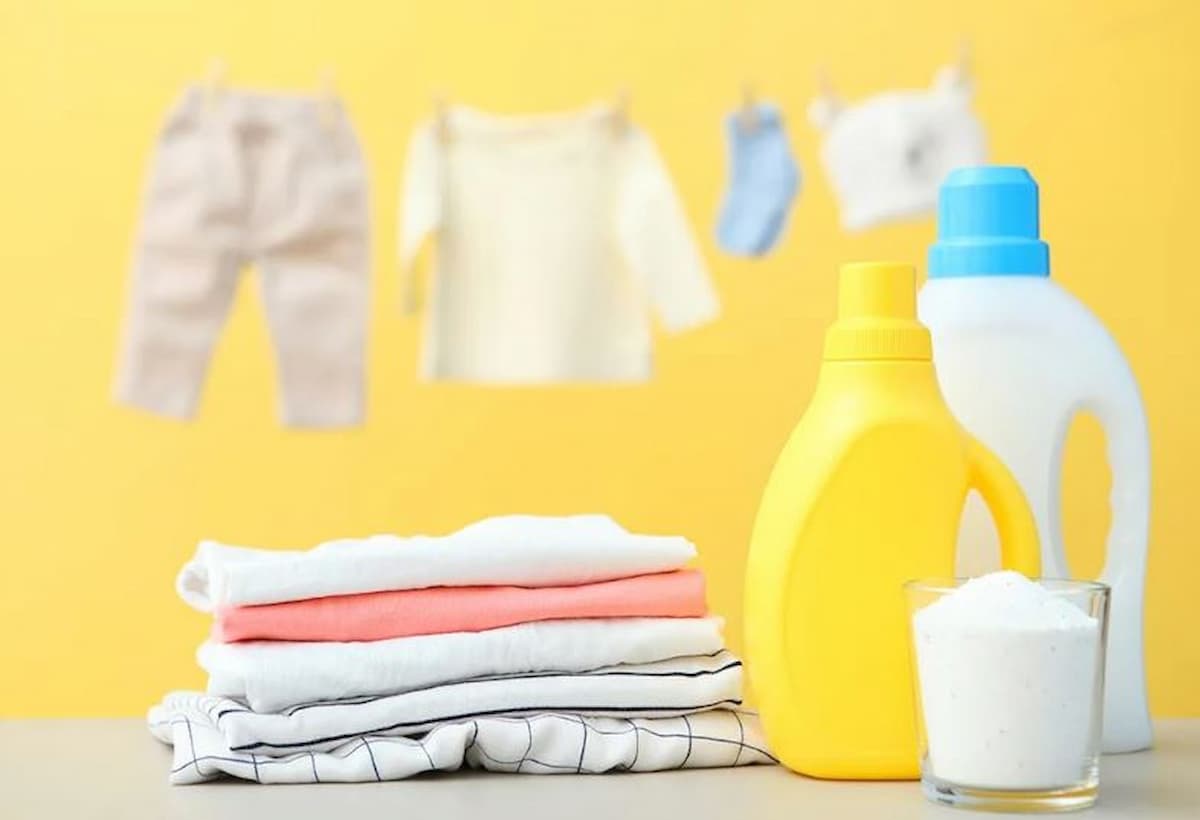
Soil release polymer: Soil release polymers act as a barrier between the fabric and the soil, letting the soil wash away with the fabric
Sorez 100 from ISP, Repel-O-Tex SRP-6 from Rhodia, and Texcare SRN 170 from Clariant are all examples of polyethylene glycol polyester copolymers
Optical brighteners: These are substances that absorb invisible UV light and give off a blue glow
This makes clothes look “whiter
” BASF’s Tinopal CBS-X
Enzymes are used to treat colors, fabrics, and stains that don’t come out easily
Enzymes help get rid of stains and soils like blood, grass, and gravy by breaking them down into smaller, easier-to-remove pieces
Amylase (0
5%) gets rid of soils made of starch, lipase (0
2%) gets rid of grease and oil, cellulase (0
1%) brightens and whitens, and protease (0
6%) gets rid of protein stains
The pH should be between 7 and 9, and the amount of water should be less than 60%
There should be 0
2% calcium chloride, 1% sodium tetraborate, 5%–10% propylene glycol, 1% sodium formate, 3%–5% sodium citrate, and 1% monoethanolamine
The pH can be raised to the right level by adding citric acid or monoethanolamine
To control viscosity, you add polymers, sodium xylene sulfonate, and propylene glycol to make the right amount of thick or thin liquid
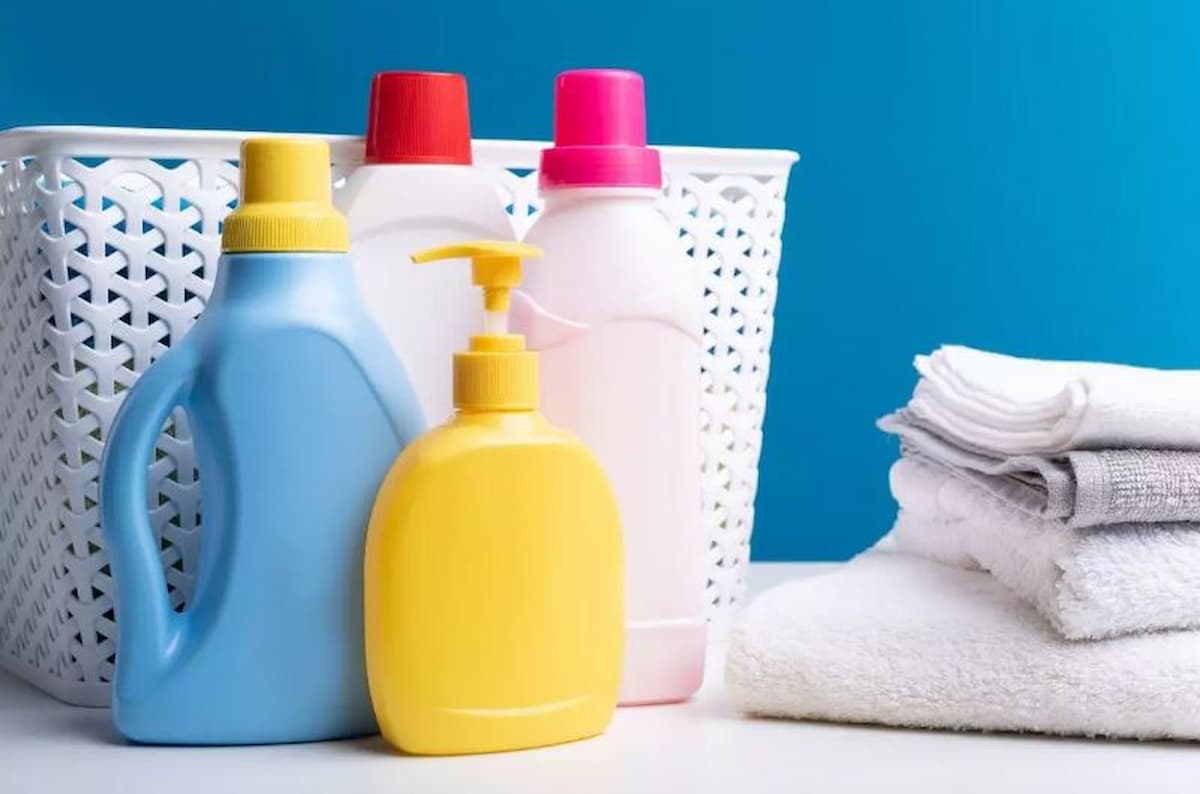
Suds control: Soap and silicones are used to stop too much foaming
Microbial control in preservatives
How dye and perfume smell and look
There are both very cheap and cheap liquid laundry detergents in the value brand line
Let’s move on to the next level
This detergent is, of course, more expensive than the cheap detergent
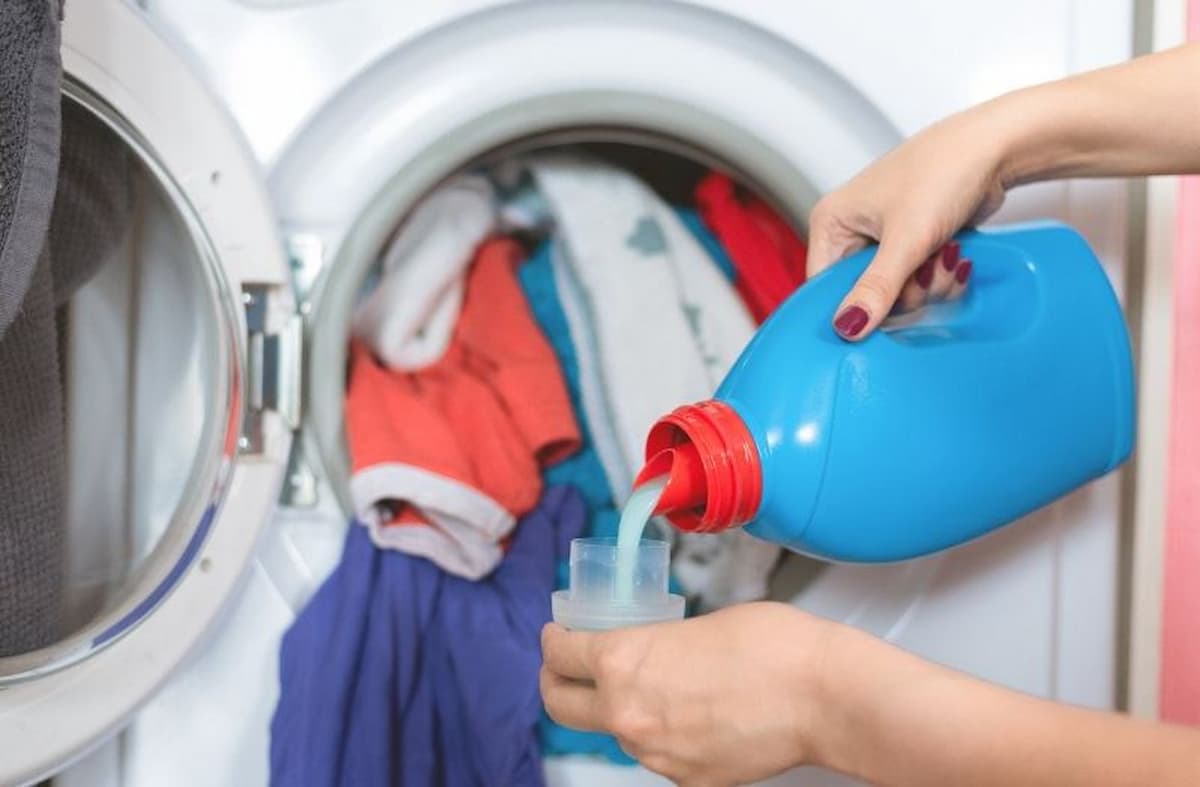
The cost of raw materials could go up to between 20 and 30 cents per pound (the cost will vary according to the purchased quantity of major ingredients)
15–25% is the range for the solid level
Here are a few ways that economic formulas can be different: Medium-grade compositions have things like surfactants, builders, anti-redeposition agents, optical brighteners, and small things like preservatives, scents, and colors
As part of the anionic surfactant in the formula, alkyl benzene sulfonate and lauryl ether sulfate will be mixed together
For the nonionic part, we will still use an alcohol ethoxylate
We could also stick with the surfactants listed in the “Cleangredients” database for DfE formula approval in this category
We will also put in polyacrylate and sodium citrate to make it stronger and stop it from settling again
There will also be an optical brightener
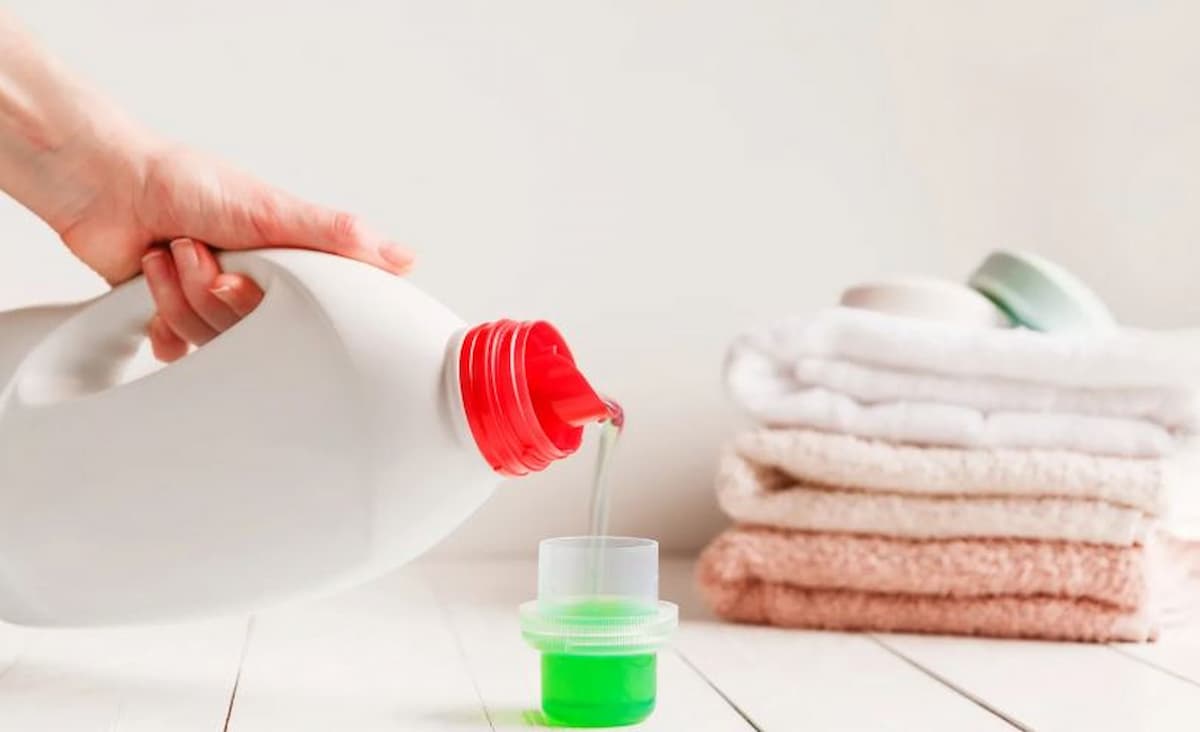
Here’s how it works: Pour 72
31% water into the mixing tank, and then start mixing
Add 5
04% of a 50% solution of sodium hydroxide and 9
6% of DDBSA (Calsoft LAS-99, Pilot)
Mix well until the pH is 7-9 and the mixture is completely neutralized
Include 5% SLES (Calfoam ES-702, Pilot)
Mix well so that the mixture is clear and even
Add 5% alcohol ethoxylate, 2% sodium citrate, and 1% polyacrylate (Accusol 445 N, Dow Chemical) (Tomadol 25-7, Air Products)
Keep blending
Put in 0
05 percent optical brightener (Tinopal CBS-X, BASF)
Mix well, and then add the smaller ingredients one by one
This formula can be changed to get a product with a different market position and different performance features
If you want to call it a recipe with mostly natural ingredients, replace LAS with sodium lauryl sulfate (Calfoam SLS-30, Pilot)
Instead of Tomadol 25-7, you should use an alcohol ethoxylate that is made naturally, like Tomadol L-124
Add a dye transfer inhibitor and a soil release polymer, like 0
2% PVP K-30 (ISP) and 0
4% Texcare SRN 240, to the recipe to make it an upper mid-tier formula (Clariant)
Making detergent is a complicated mix of more than 95% powder, which is made up of builders, which are inorganic salts of alkaline metals, and a system of surfactants, which are made up of organic molecules that are either ionic or nonionic
Detergents are chemicals that get rid of greasy or slimy fibers on clothes or other things
The first thing that was made in soap was soap
These materials can be used for many things, like cleaning, doing laundry, and making clothes
Nearly 2000 years have passed since the last soap dispenser was found
Soap became mass-produced and industrialized over the course of 700 years
During the next 200 years, it changed into its traditional form
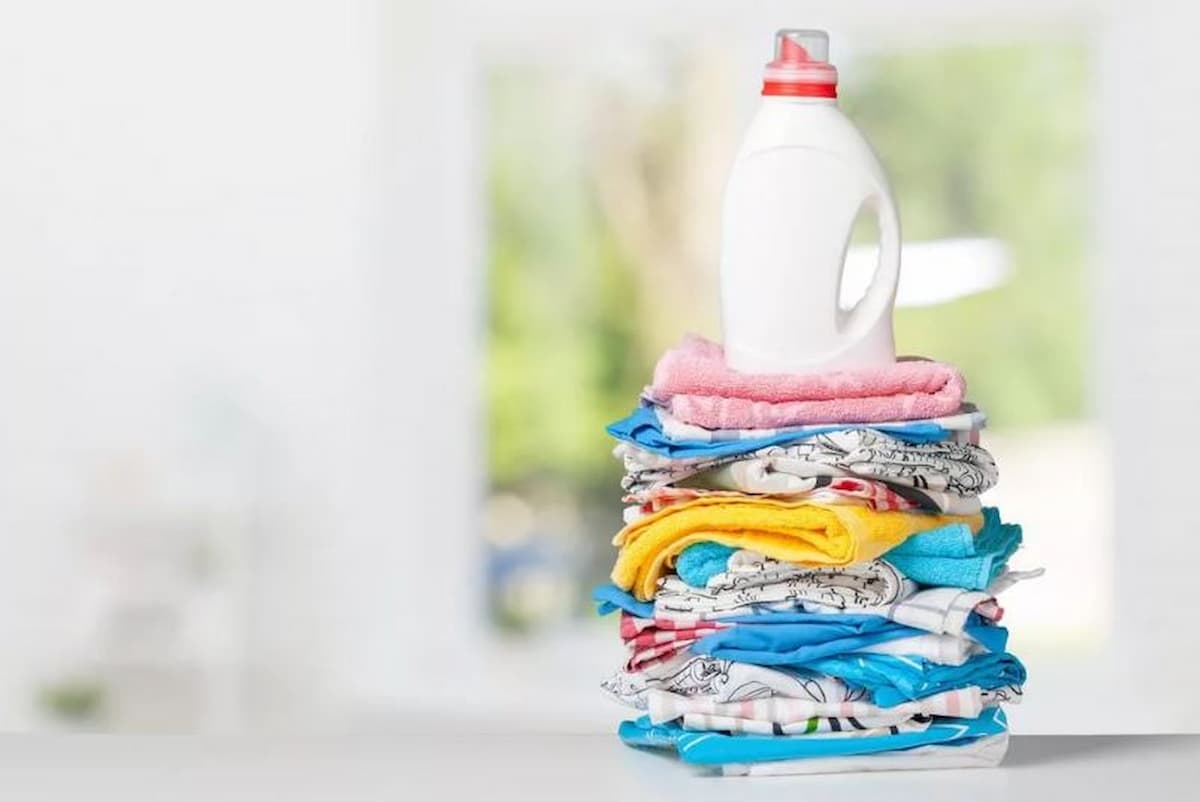
At the moment, around 80% of detergents used in different countries are synthetic
On the other hand, the words “soap,” “alkali,” and “ammonium metal salts” refer to a straight-chain carboxylic acid with 10–18 carbon atoms and the name of the detergent in a synthetic substance with a similar chemical makeup
These materials can be used for many things, like cleaning, doing laundry, and making clothes
How to Make Cleaning Products First, put soda ash in a machine that mixes things
To prevent clumping, slowly add linear alkyl benzene sulfonic acid next
While the soda ash is being mixed, you can make a sodium hydroxide solution in a different container
For this, you’ll need the same amount of water and sodium hydroxide
Let the mixture cool after you stir it for a short time
Add the Lye Solution made in step two to the mixing bowl
Add Global Salt now
Add Sodium Lauryl Sulfate (SLS), Sodium Tri Poly Phosphate, Triple Super Phosphate, and Silky Add Enzyme Put Optical Brightener on it
Add NANSA powder and colored granules
Put in the scent you want
Contact us for getting the latest price lists of detergents produced by our manufacturing center
